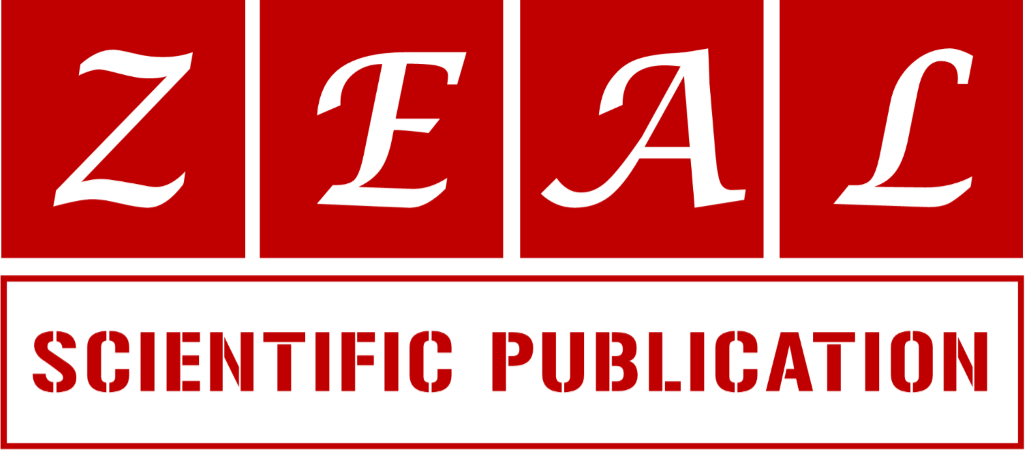Tin hair analysis in poly symptomatic patients with Essure® implant
1 Toxicology Research and Expertise Group, French association for medical research Advancement (AFPREMED), 9 rue Pr Antoine Baisset 31000 Toulouse, France.
2 International Medical Institute of Toxicology and Pharmacology (I-MITOX), 60230 Chambly, France.
3 Toxseek Urgence , 95300 Ennery, France.
Research Article
World Journal of Biological and Pharmaceutical Research, 2023, 05(01), 028–035.
Article DOI: 10.53346/wjbpr.2023.5.1.0065
Publication history:
Received on 10 July 2023; revised on 26 August 2023; accepted on 28 August 2023
Abstract:
Objective: Essure® is a permanently implanted contraceptive device withdrawn from the market in 2018 because of adverse effects associated with this device, including gynecological disorders and extrapelvic symptoms. After surgical removal device, examination of uterine biopsies showed the frequent presence of tin resulting from implant degradation. In this context, the biological monitoring of tin metal in implanted patients becomes an issue of capital importance since hair is the best matrix to reveal long-term metallic exposure.
Methods: The aim of this retrospective study was to compare hair chromium, nickel and tin levels in 10 Essure® implanted patients (aged 50±2 years old) presenting with adverse events, in particular psychosomatic manifestations, with 25 healthy non implanted volunteers’ group (aged 47± 4 years old). Hair chromium, nickel and tin analyses were performed on a 7800 ICP-MS inductively coupled plasma mass spectrometer.
Results: For the group of healthy subjects, all tin concentrations in hair (25/25) were below the quantification limit of 0.1 µg/g, with 2 concentrations above the detection limit of 0.07 µg/g. Similarly, all nickel and chromium concentrations (25/25) were below the quantification limit, with 2 Cr concentrations and one Ni concentration above the detection limit of 0.1 µg/g.
In the implanted group, subjects had mean hair concentrations of nickel and tin of 0.94+0.39 µg/g and 0.25 ± 0.17 µg/g respectively. All subjects (10/10) had chromium concentrations below the limit of quantification.
For nickel and tin assays in hair above the quantification thresholds, there were positive correlations between (a) nickel or tin concentrations and the duration of device implantation (correlation coefficient of 0.79 for tin and 0.44 for nickel) and between (b) tin concentration and the multiplicity of extra-pelvic symptoms (correlation coefficient of 0.76), with (c) no correlation observed between nickel concentration and symptom multiplicity.
Conclusion: Tin seems to be an important factor involved in the physio pathogenesis of extra pelvic symptoms in patients with the Essure® medical device. In this context, the hair tin analysis is a useful tool in the monitoring of patients with Essure® implants.
Keywords:
Essure; Hair analysis; Tin; Contraceptive device; Pharmacovigilance
Full text article in PDF:
Copyright information:
Copyright © 2023 Author(s) retain the copyright of this article. This article is published under the terms of the Creative Commons Attribution Liscense 4.0
